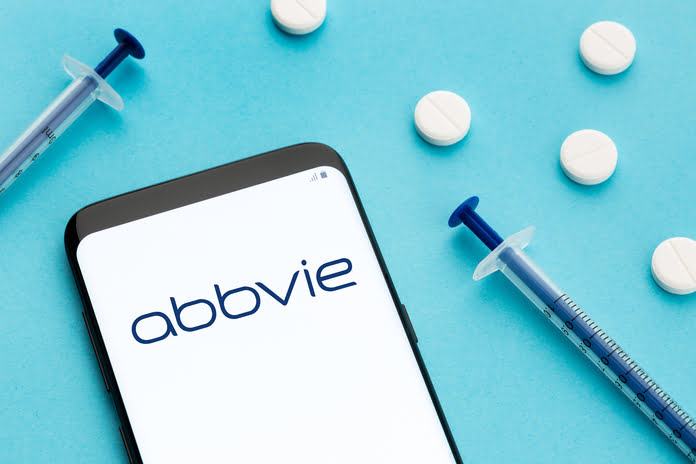The aftermath of Humira’s patent expiration in the U.S. in 2023 has put AbbVie (NYSE:ABBV), a prominent player in the pharmaceutical landscape, in the spotlight. Humira, a pivotal immunology drug for AbbVie, constituted approximately 37% of the company’s sales in 2022. However, the entry of biosimilars into the market is poised to reshape the dynamics of AbbVie’s revenue stream.
Amid this evolving landscape, AbbVie faces the emergence of Humira biosimilars, with Amgen (NASDAQ:AMGN) leading the way by launching the first biosimilar called Amjevita. Notably, other major players like Boehringer Ingelheim, Coherus BioSciences, and Novartis (NYSE:NVS) have also introduced their versions of Humira biosimilars. Novartis, through its subsidiary Sandoz, markets its biosimilar as Hyrimoz. The market has already witnessed the launch of eight biosimilar alternatives to Humira in the U.S. through settlements with AbbVie. This influx of biosimilars is expected to significantly impact sales in the latter part of 2023 and 2024.
The European market experienced a similar trend, as Humira biosimilars entered in October 2018, gradually eroding international sales of the branded drug since 2019.
While AbbVie’s shares have exhibited a 9% decline year-to-date, a contrast to the industry’s 7.6% ascent, the company remains proactive in navigating the patent loss and its repercussions.
Although the rapid erosion of Humira’s revenue by biosimilars is anticipated to result in a decline in AbbVie’s revenues in 2023, the company holds a positive outlook for a robust sales rebound in 2025.
AbbVie’s diversification strategy encompasses a range of new drugs in its portfolio, poised to counterbalance the loss of Humira revenue. Notably, products like Skyrizi and Rinvoq are making significant contributions to the company’s top line, with approvals granted for new indications. These newer offerings have demonstrated substantial performance, contributing to a combined revenue of $4.6 billion in 2021, $7.7 billion in 2022, and $4.85 billion in the first half of 2023. With ongoing approvals for various indications, their sales potential is expected to continue fueling growth in the coming quarters. AbbVie envisions that the collective peak revenues of Skyrizi and Rinvoq will surpass those of Humira by 2027, projecting sales of more than $17.5 billion by 2025 and exceeding $21 billion by 2027. Additionally, AbbVie’s entry into the migraine drug market with Ubrelvy and Qulipta presents a significant sales opportunity.
Remarkably, the erosion in Humira sales due to biosimilar launches during H1 2023 was more moderate than anticipated, as volumes remained steadier than expected. The company now estimates the erosion rate for 2023 to be 35%, a favorable adjustment from the previously projected 37%.
AbbVie’s forward-looking approach extends to its pipeline, which encompasses candidates with blockbuster potential in early and mid-stage development. The company anticipates key data readouts and regulatory submissions throughout 2023.
The strategic acquisition of Allergan in 2020 stands as a pivotal move for AbbVie, expanding and diversifying its revenue streams across various therapeutic areas. This acquisition significantly augmented AbbVie’s presence in immunology and hematological oncology, while also adding growth potential in aesthetics and neuroscience. Importantly, AbbVie’s acquisition of Allergan strategically positioned it to mitigate the impact of generic competition on Humira by integrating the blockbuster product Botox into its portfolio. With approvals for therapeutic and aesthetic use, Botox has emerged as a key driver, aiding AbbVie’s overall revenue performance, particularly in the wake of Humira’s anticipated sales decline in the U.S. during 2023 and 2024.
Featured Image: Megapixl






